Out of Copley Street: A working-class boyhood
Wakefield Press, $24.95 pb, 158 pp
‘Portholes in ya coffin’
Geoff Goodfellow is best known as a poet. Out of Copley Street, his first non-verse publication, chronicles his working-class coming of age in Adelaide’s inner-northern suburbs during the 1950s and 1960s.
The book is structured as a series of vignettes from Goodfellow’s childhood and young manhood. Many of the stories are about the author as a prepubescent lad with a fondness for cigarettes and storytelling. The reader learns about Goodfellow’s family life, the warmth of which is overshadowed by his father’s alcoholism and frequent visits to a ‘madhouse ward’.
The author describes his early job selling pies and pasties in local hotels, and his later stints in a number of butcher’s shops. Out of Copley Street concludes with a tribute to the author’s decades-long passion for boxing. Goodfellow’s father was a boxer, though the author explains that his own passion is just as linked to the preternatural power of the equipment. As he wryly notes: ‘Funny thing about boxing gloves once people see them, they invariably want to pick them up and pull them on. Then they want to start punching.’
The book’s key strength is its emotional restraint. Goodfellow relays grim and possibly painful memories with nary a skerrick of judgement, self-pity, or melodrama. He demonstrates a devastating knack for bringing to life the minutiae of a bygone era: the social mores and conventions, the sights, the conversations. Consider dialogue such as: ‘Listen Bluey, you’ll want portholes in ya coffin.’ These passages crackle with the sound of retro Australiana.
At 158 pages, Out of Copley Street is compact, perhaps too much so. Goodfellow’s life in the period between the 1960s and now is quickly surveyed via a reference to the author’s passion for boxing. What happened during those decades? How did Goodfellow become the writer he is today? This reader wanted to learn more about Goodfellow’s relatives, especially his father. These characters spring to life, vivid and believable, only to vanish just as quickly.
It’s to be hoped that Goodfellow will gift us with further prose explorations of his past and present. He is a fine wordsmith, one whose talents lie within and outside the realm of the poetic.


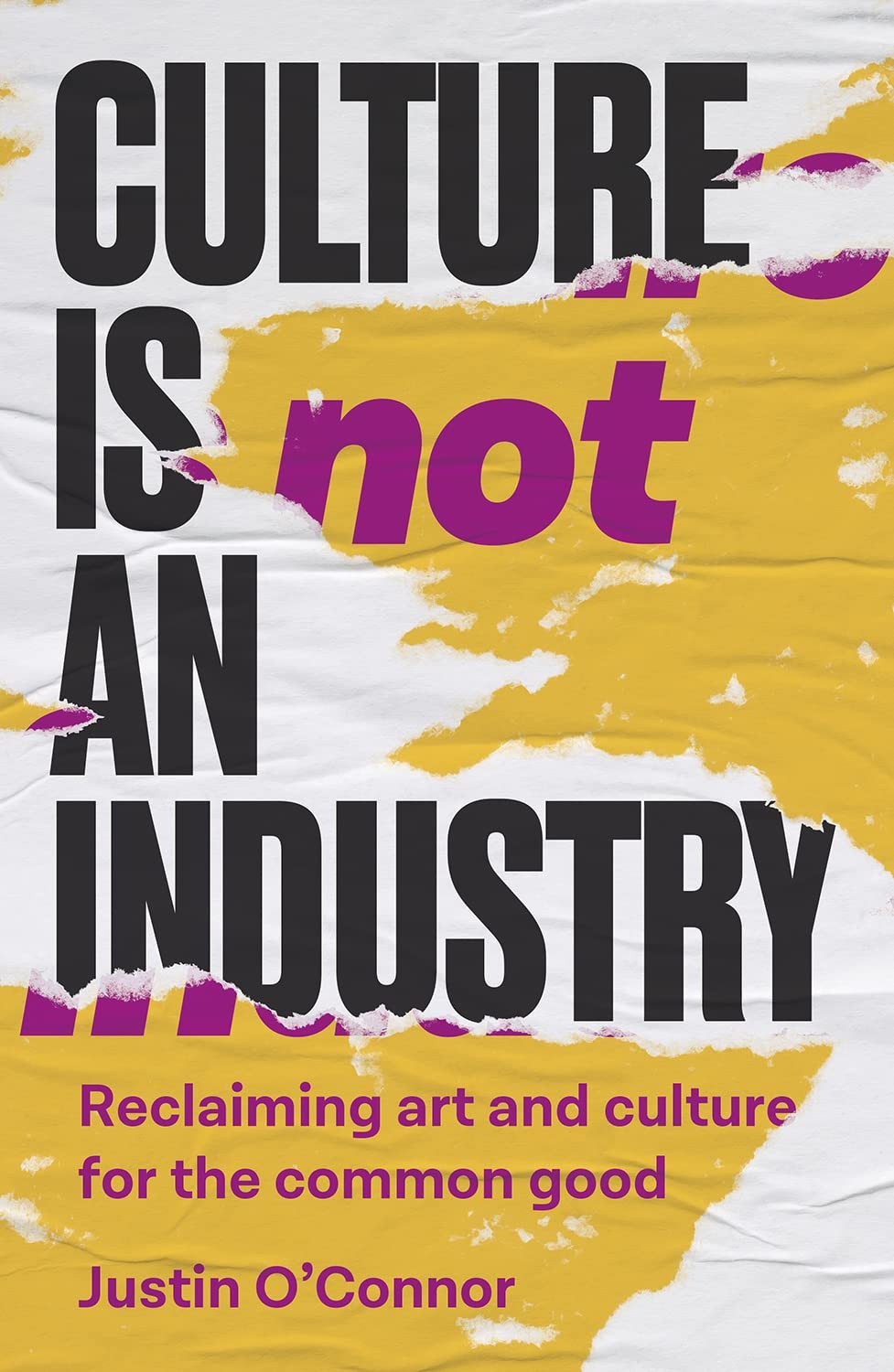
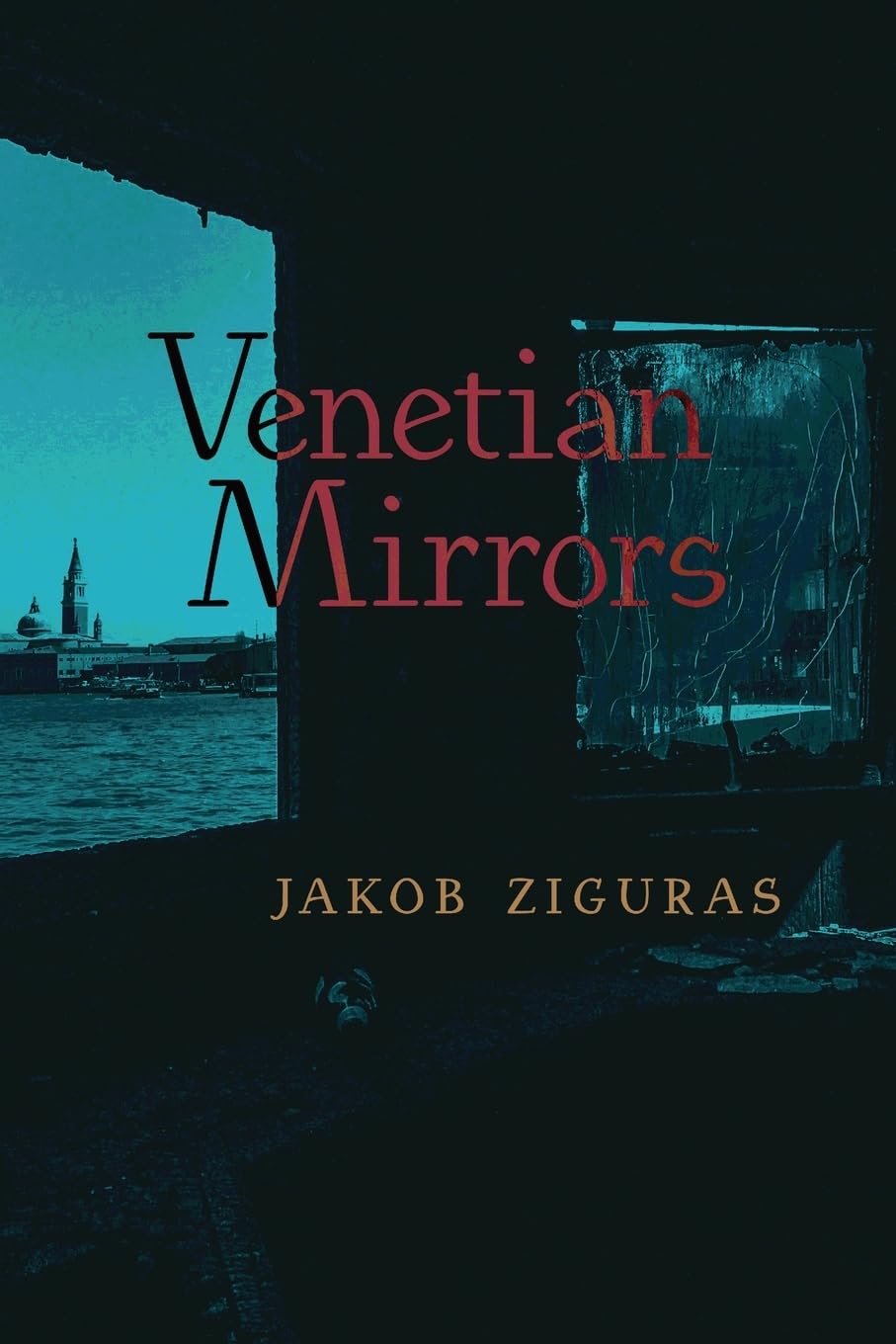
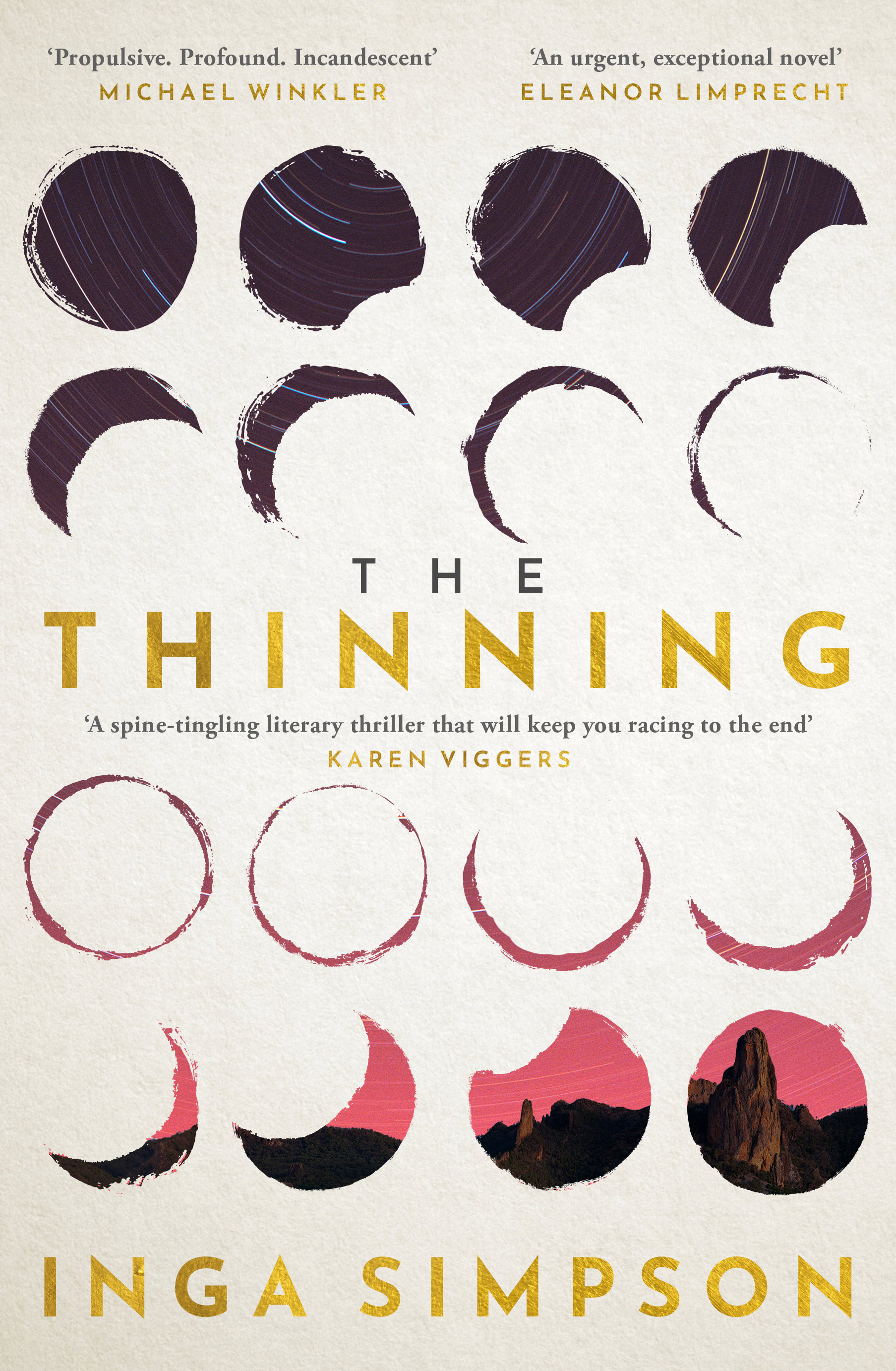
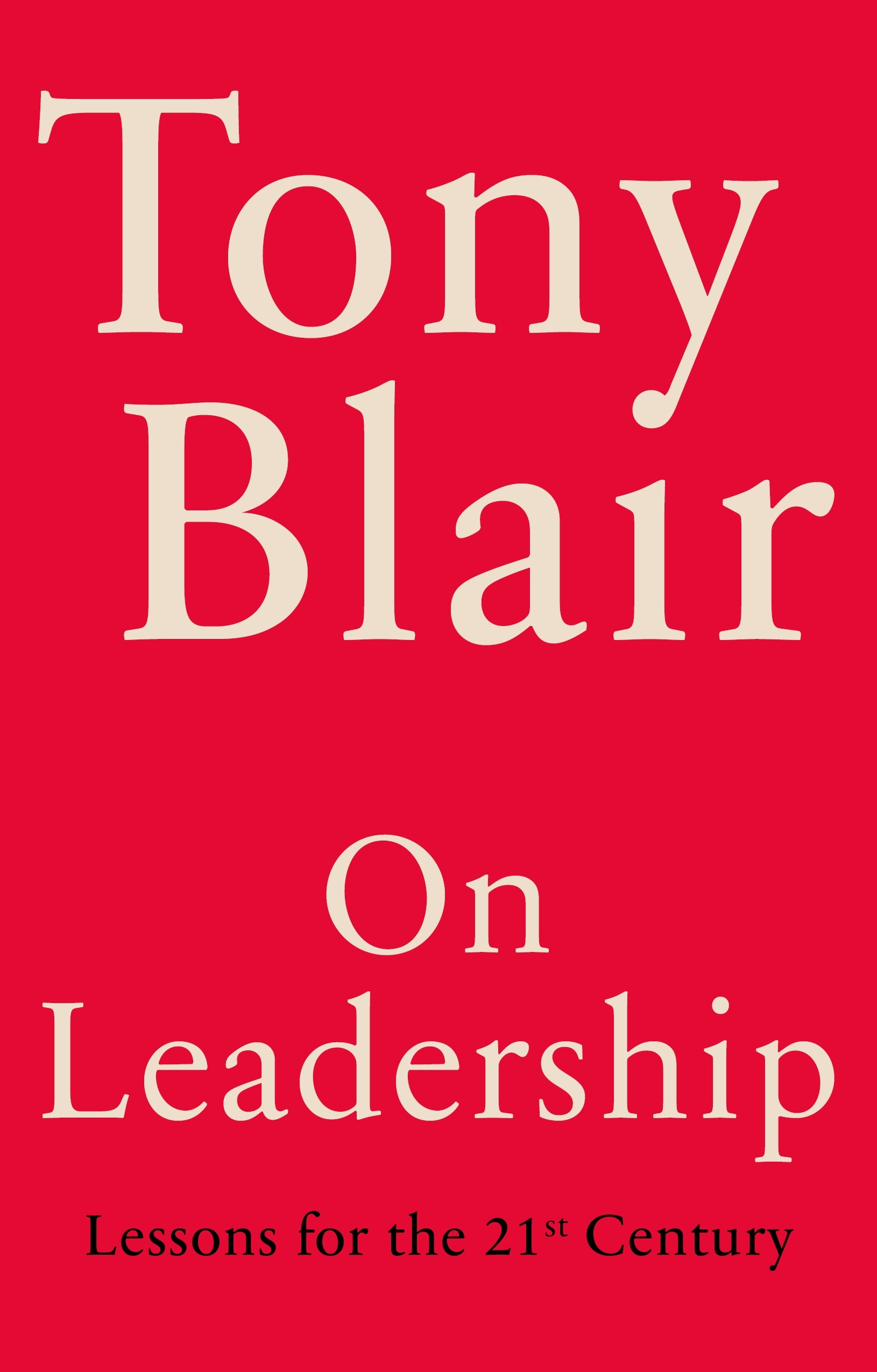
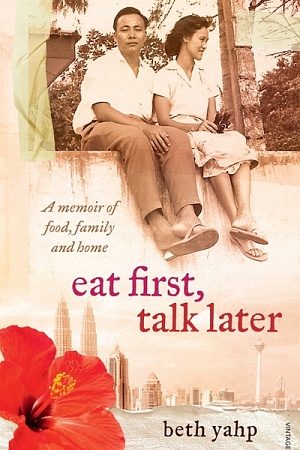

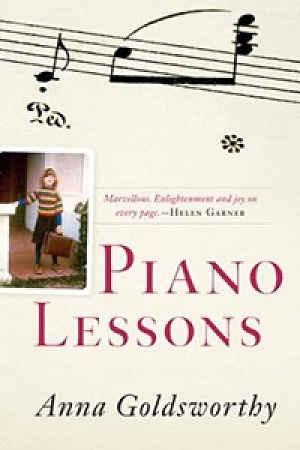
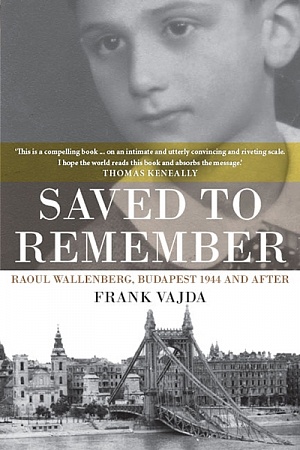
Comments (3)
Leave a comment
If you are an ABR subscriber, you will need to sign in to post a comment.
If you have forgotten your sign in details, or if you receive an error message when trying to submit your comment, please email your comment (and the name of the article to which it relates) to ABR Comments. We will review your comment and, subject to approval, we will post it under your name.
Please note that all comments must be approved by ABR and comply with our Terms & Conditions.